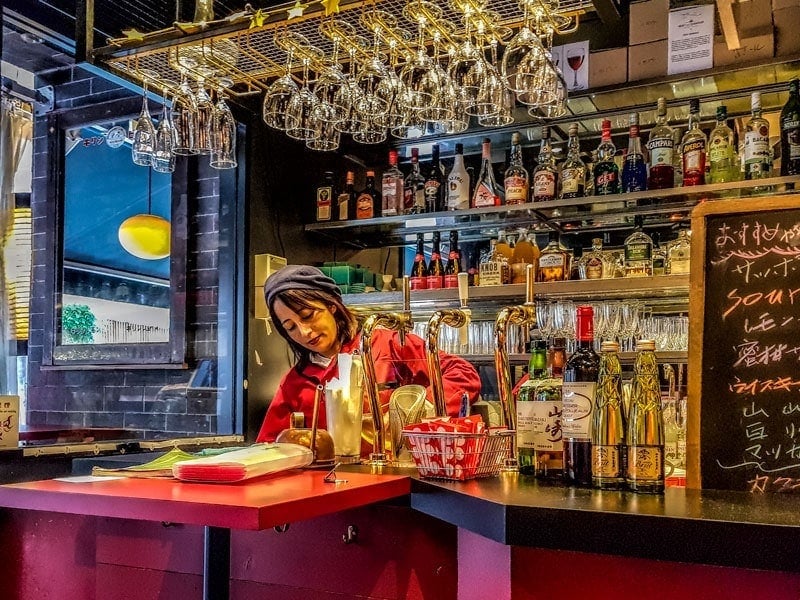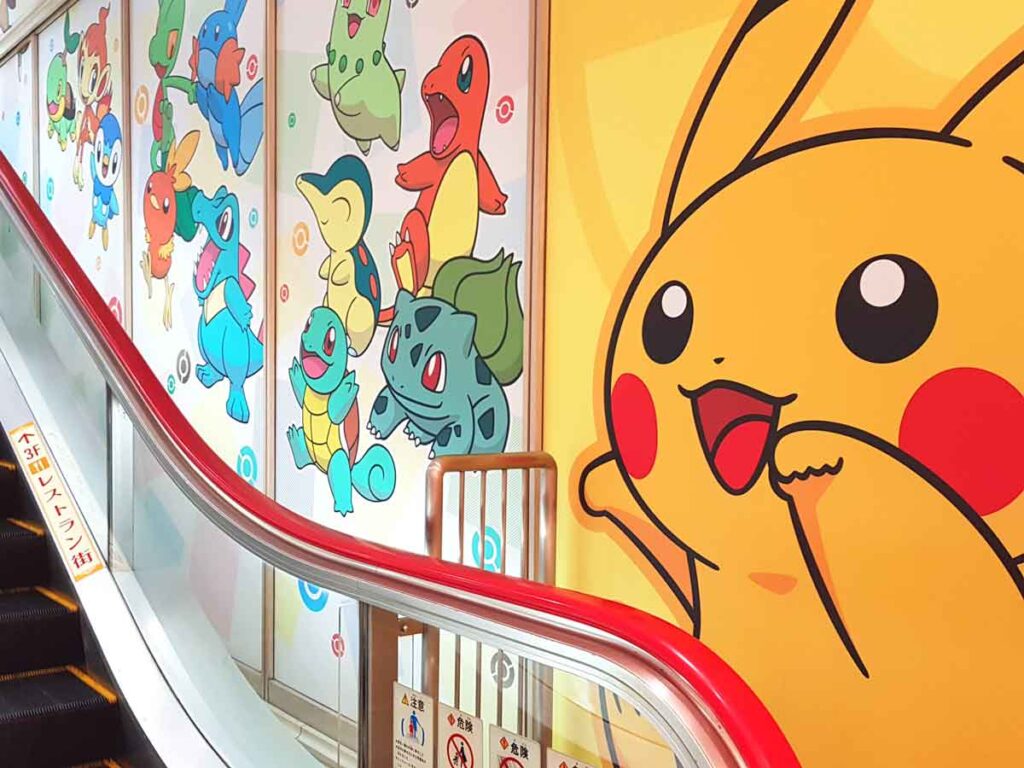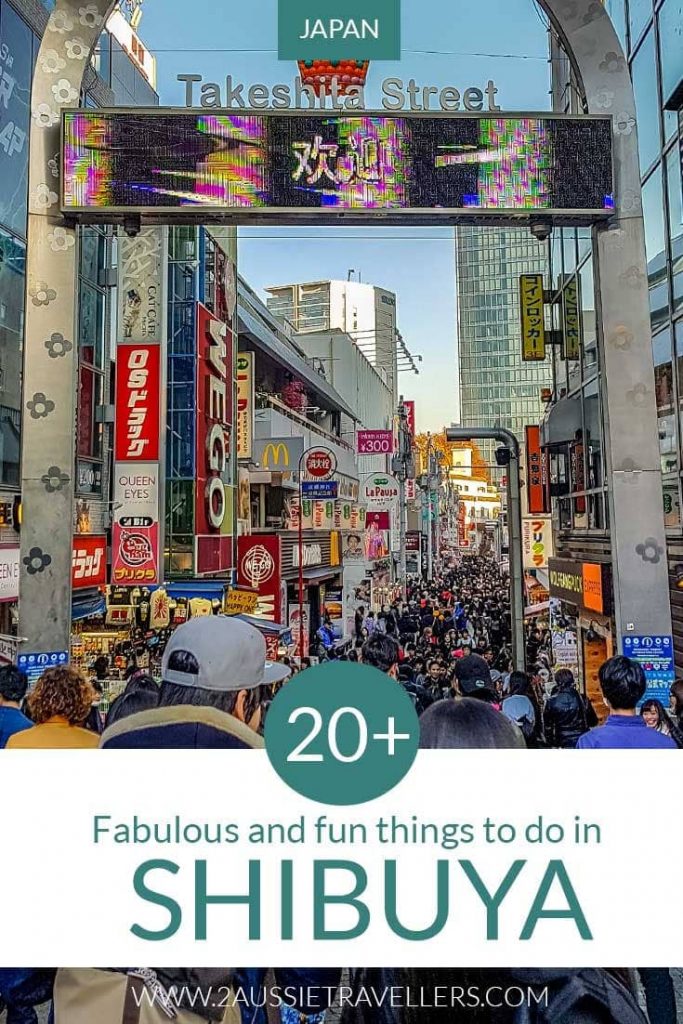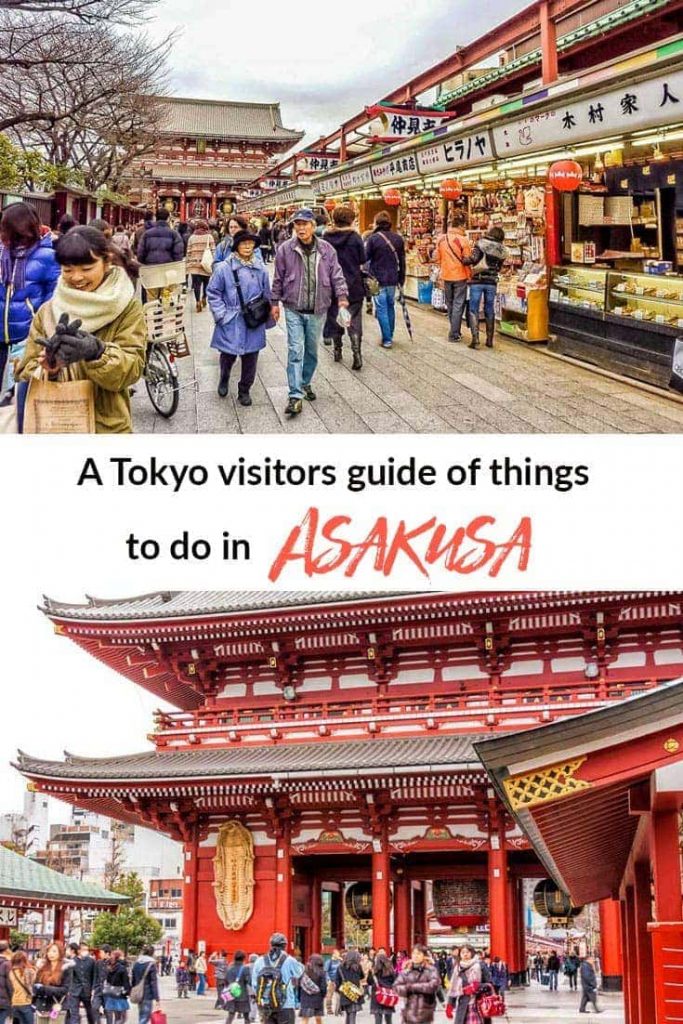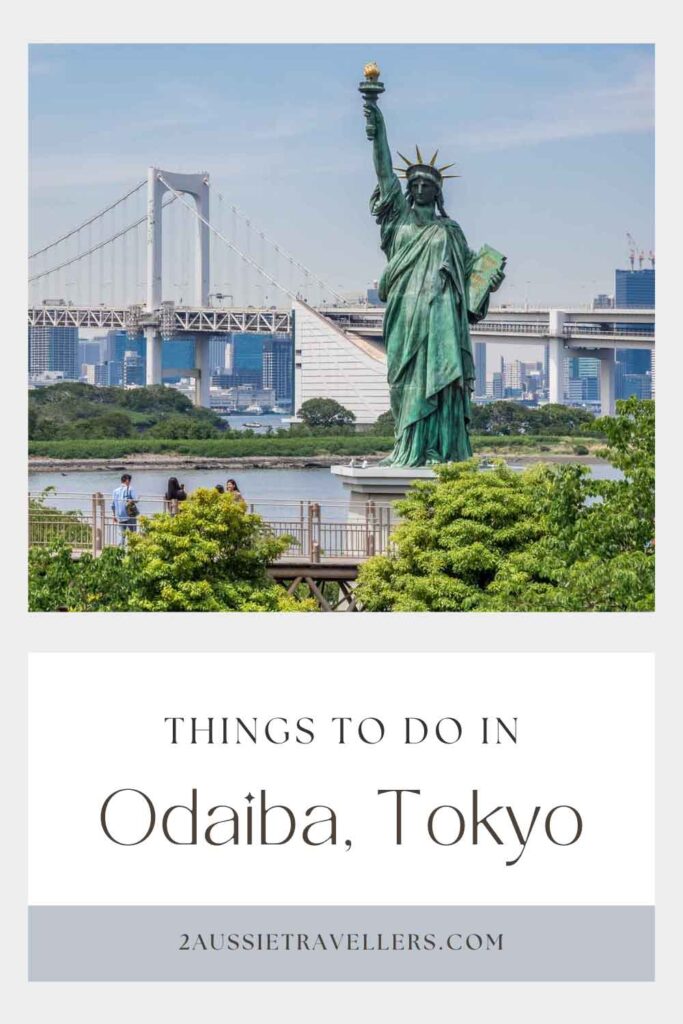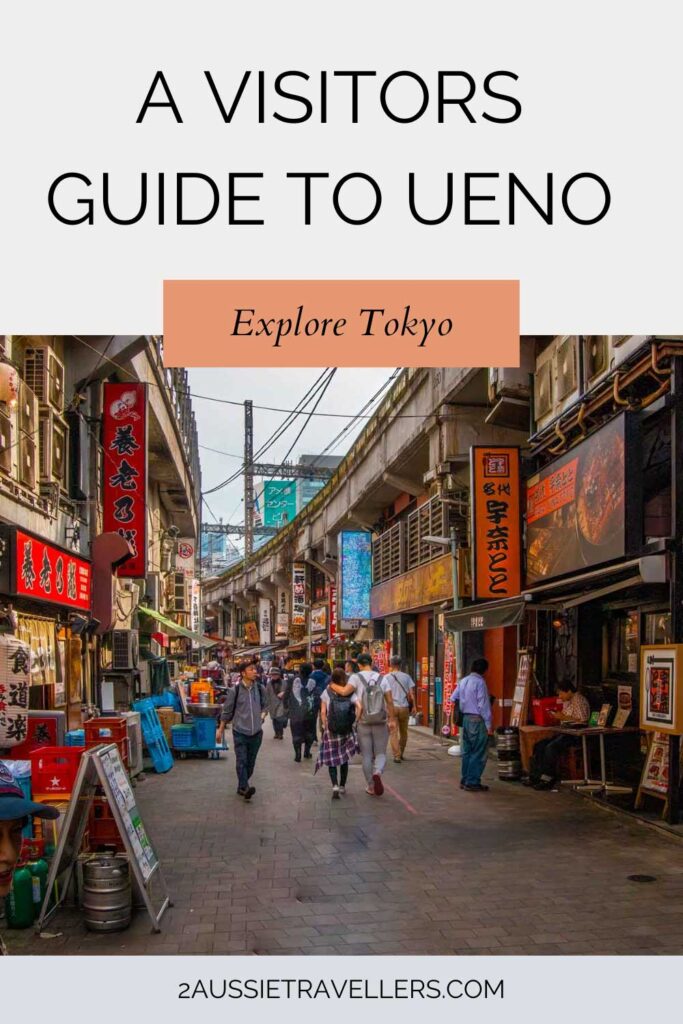This visitors guide has all the information you will need to plan your visit to Tokyo, Japan. You’ll find complete destination guides, tips on where to stay, and how to get around. We’ll also cover the must-see attractions and tours, and the best places to eat.
Within the Tokyo travel guide, we reference almost 100 comprehensive articles that are based on recent personal experience. You’ll have at your fingertips everything you need to know to plan your trip, stretch your budget and have an incredible experience in the city and surrounds.
There is a lot of information here so you may find the index below helpful to find exactly what you are looking for and to bookmark the parts you want to refer back to.

What are the top things to see and do in Tokyo?
Tokyo is a sprawling and diverse city offering a huge range of things to do to suit all budgets, age groups and interests. Two of the most popular articles with readers are 50+ fun things in Tokyo that really does have options for everyone and a Tokyo with kids version that is targeted at those travelling with children, tweens and teens.
It’s a city where you can enjoy the sophistication of the city juxtaposed with kawaii (cute) and anime elements. You will look up in one direction at some of the most expensive highrise real estate in the world then spin around to see historical castle fortifications that surround the Imperial Palace. You might take a stroll through the buzzing pedestrian streets and shopping malls of Shibuya before finding peaceful respite in the many expansive parks and gardens right in the midst of the city.
If you enjoy the cultural aspects of Japan you might choose to head to the better-known temples and shrines like Sensoji in Asakusa or Meiji Shrine behind Harajuku Station. In Asakusa you can try on a kimono and wander the streets of the old city, or head to Ryogoku where sumo wrestlers train. Traditional Japanese food is recognised by UNESCO for it’s cultural heritage value so a popular optoin is to enjoy a traditional Kaiseki meal or tea ceremony while in the city.
Recommended additional reading
What and where to eat in Tokyo
As you wander the laneways, remember to look up and down from street level to discover fabulous bars and dining. Why not join a food tour while you are in town to learn more about Japanese food, dining customs and some great places to go during your remaining time in the city? You’ll find some of our favourite tours in these articles about eating and drinking our way through Asakusa, Ginza, Shimbashi and Ueno.
The Japanese typically don’t walk and eat but that doesn’t mean that it’s not a great destination for street food. You just stop at the stall, nearby seating or a park to enjoy it. There is a delicious variety available not just during festivals but right across the city. We also have a ‘where to eat in Tokyo’ article on its way sharing our favourite spots around town.
If you love Japanese food and enjoy discovering something new, we highly recommend stopping by a few Japanese markets. Tsukiju market is the original in Tokyo and although the wholesale fish section moved away a few years ago it is still a fabulous one to wander through. Make sure to buy a few snacks to try later and eat at the various restaurants and stalls. If you are after a Japanese knife or ceramics to take home as a souvenir it is also a top spot for that.
Toyosu is where the wholesale fish market is located now. You can still watch the early morning Tuna auctions here but it is now from a viewing deck behind glass. Toyosu market located apart from most other Tokyo attractions but a visit here can be combined with TeamLab Planets nearby.
What is the best place to stay in Tokyo?
Tokyo is a very big city and there is no one part of the city that is central to everything. There are however areas that are more popular for certain types of visitors and a range of criteria to consider when selecting where to stay.
Popular Tokyo neighbourhoods for visitors
Many who travel regularly have said to us ‘I like to stay where locals live not in tourist spots’, in many places we would agree but not necessarily in Japan’s largest cities. The thing is, many people who work in these cities live way outside the central city, often even in an adjacent prefecture. That said there are a few areas where you are likely to find a more ‘local’ feel than others, places like Nakameguro, Sumida, Akasaka and Ikebukuro are a few of these.
Some of the areas of Tokyo that you will probably want to explore and can also be a good base are Shibuya, Ueno, Shinjuku, Asakusa, Akasaka and Shimbashi.
Things to consider when deciding where to stay
- Easy of access to and from the airport, is it near Tokyo, Shinjuku or Ueno station or does the Airport Limousine bus have it on its route?
- For getting around generally what train and metro stations and lines are nearby?
- Is there a variety of restaurants, cafes, bars and convenience stores within easy walking distance?
- What facilities do you want or need? We find a guest laundry essential on a longer trip, others will prioritise breakfast being included, concierge service, pillow menus or English-speaking reception (which is most hotels in Tokyo).
- Price is an important consideration, Tokyo can be an expensive city but some parts are more expensive than others
- Central Tokyo is the area around the Imperial Palace. Near Tokyo station, Ginza and Marunouchi, generally hotels are more expensive and the size of rooms is smaller.
- In general hotel rooms in Japan are compact compared to many other cities, if you are using it to shower and sleep for a night or two you may not be too concerned but consider how small you can work with for your needs, being in a slightly quieter area but able to spread out a bit more might be a good compromise.
- If you have a primary purpose for being in the city; business, conference, attraction or event then that might help you decide but in our experience, not always.
Read More: Where to stay in Tokyo – neighbourhoods, considerations and some tried and tested accommodation.
When to visit Tokyo
Tokyo has 4 distinct seasons:
- Winter from December to February,
- Spring from March to May,
- Summer from June to August, and
- Autumn (Fall) from September until November.
The seasons are an important part of Japanese culture and everyday life and are seen in everything from food and flowers to festivals and events.
Key times to keep in mind, depending on your interests are cherry blossom in early April, wisteria in early May, fireworks throughout summer, autumn leaves in November, and winter is the time of year for light-ups.
There really isn’t a bad time to visit the city, there is always something happening and the seasons are relatively mild. We personally prefer the spring and autumn season, possibly because they are seasons we don’t really experience in the subtropics but we have been here in winter and summer too and would come again in those seasons if that was the timing that worked.
View Tokyo’s average temperature and rainfall by month.
Getting to, and around Tokyo?
Japan is probably the only country I’ve ever been to where I look forward to travelling by public transport but that aside, I would highly recommend NOT driving in Tokyo as a visitor. Let’s face it most of the people who live here don’t drive for two very good reasons, city driving is chaotic at the best of times without even considering the essential aspect of parking AND there is a fast, frequent and efficient public transport system both within the city and into neighbouring prefectures.
Airport to city
The first challenge you will face is getting from the Airport into Tokyo. Narita Airport is the most common arrival point but it isn’t actually in Tokyo, it’s in Chiba prefecture. Although it’s a further distance it is very easy to get in and out of and I generally prefer it to Haneda.
We have all the information you need to get into Tokyo from Narita Airport along with options based on timing, price and your final destination in the linked guide.
Haneda Airport is in Tokyo, we’ll add a guide on getting into the city from there shortly. It’s a shorter trip but with luggage, it can be a bit cumbersome as you’ll likely have more transfers to get to your final destination and it is likely to include local trains or the metro. There are Airport Limousine buses but times and routes are far more limited than from Narita. On the plus side, the time and distance are significantly less so a taxi or transfer may be an option for some arriving here.
IC Cards
IC cards are stored value train cards. There is a whole list of them from across Japan but almost all can now be used interchangeably across the country, the most frequently seen ones for visitors are the SUICA and PASMO purchased in Tokyo and the ICOCA if purchased originally in Kansai.
You can quickly tap on and off local trains and buses which saves the time and complexity of buying individual tickets. The cards can now also be used on some vending machines and in convenience stores.
A recent change is that the SUICA card can now be added to your Apple Wallet (or Android alternative) on your phone and topped up there. It also displays the balance which is really helpful. My understanding is you will still need to pick up a physical card initially from a machine or station office but this is a huge improvement for tourists using the card.
Read More: Essential tips on getting around Tokyo on the Subway
Japan Rail Pass
If you are only travelling to Tokyo you don’t need the pass, often even if you are splitting your time between two cities it may not really be worth it. Having said that the JR Pass is arguably the best travel deal in Japan IF it suits your itinerary. We have a thorough article to help you decide whether it is worth it for you to buy a Japan Rail Pass.
Unfortunately, no one can give you a quick answer. Unless you are travelling in and around one city when it’s almost certainly a clear “no”, you will need to have a fairly clear idea of your itinerary including any major side trips and work it out.
Read the article, or do your own research, it can save you a lot buying the pass for the right itinerary and NOT buying it for the wrong itinerary.
Side trips out of Tokyo city
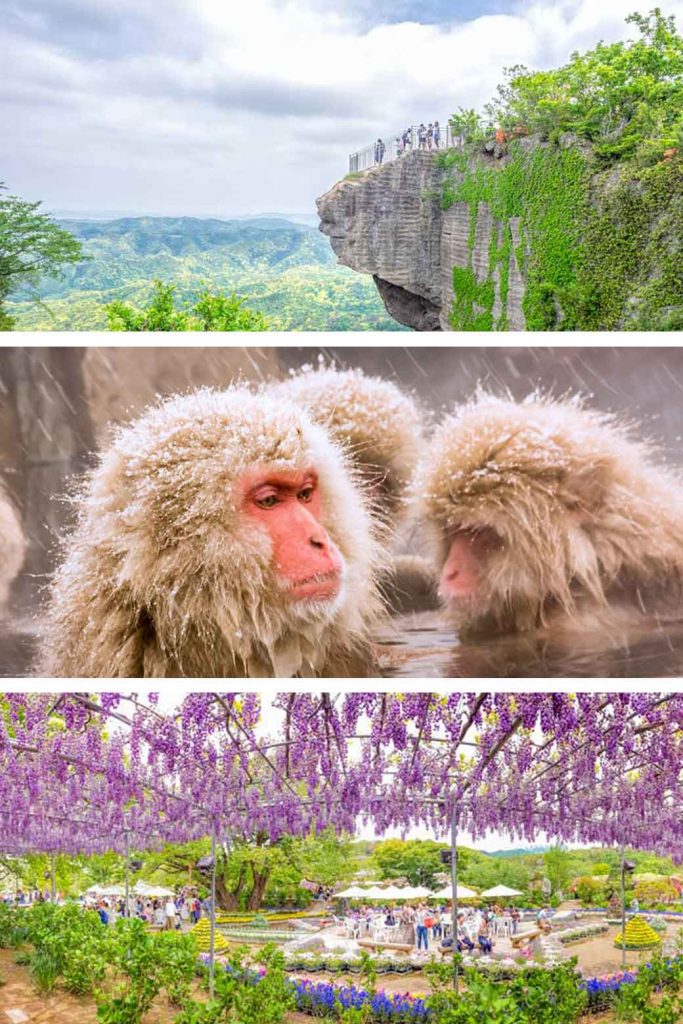
We find that we can waste a lot of time moving between cities and hotels too often, sometimes it is necessary to really experience a place but most times we find we can select 3-4 base cities and explore the surrounding area effectively from there.
We’ll often do longer day trips, jumping on an early train from Tokyo and returning after dinner. We enjoy train travel in Japan and find it very relaxing as we watch the scenery beyond the window constantly change. Tokyo is an ideal base for this with so much being within an easy commute on public transport.
Some of the great options for side trips from Tokyo include Kamakura, Enoshima, Hakone and Fuji 5 lakes area.
There is Ashikaga for the light-up events and wisteria, hikes such as Mt Takao, Todoroki Gorge and Mt Nokogiri or heritage towns like Kawagoe.
If you are willing to travel a bit further you have options like the snow monkeys in Nagano, the beautiful Matsumoto black crow castles and the natural scenery and history of Nikko.
Essential tips for visitors
✈ For all the essential tips to help plan your visit to Japan beyond Tokyo see our comprehensive and FREE Japan guide.
✈ Free WIFI isn’t widely available in Japan. For translation, directions, timetables and other information on the go a mobile connection or personal WIFI are now one of our essentials. We look at the options in our cheat sheet for staying connected in Japan.
✈ The Japan rail pass isn’t needed if you will stay mostly within Tokyo but if you’re travelling long distances by train the JR Passes can be a bargain. See if they suit your trip and check prices with our preferred supplier.
✈ Looking for a great place to stay in Tokyo? We use and trust Booking com for their great selection, independent reviews and their change and cancellation period that takes the stress out of plans changing.
